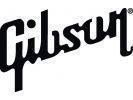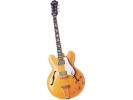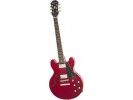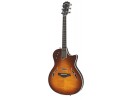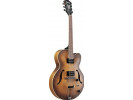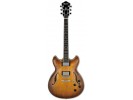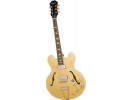Initially produced as an acoustic in 1922 under the direction of famed Gibson luthier Lloyd Loar, the L-5 was Gibson’s first guitar with f-holes. In the 1940s the model became the rhythm box of choice for big band players and later the standard guitar for Wes Montgomery, who would eventually receive a custom model. And it was already one of the world’s most popular guitars when Gibson first electrified the model in 1951.
Gibson put a pair of P-90 single-coil pickups and a rosewood bridge on the first 31 L-5 CES models to emerge from the original Kalamazoo plant in ’51. Although the guitars never went into high production, the company’s engineers continued to work on numerous modifications. In 1958, 21 examples of the classic version of the L-5 CES that’s produced today by Gibson’s Custom Shop emerged, beefed up with two humbucking pickups and an ABR-1 bridge.
History
Initially produced as an acoustic in 1922 under the direction of famed Gibson luthier Lloyd Loar, the L-5 was Gibson’s first guitar with f-holes. In the 1940s the model became the rhythm box of choice for big band players and later the standard guitar for Wes Montgomery, who would eventually receive a custom model. And it was already one of the world’s most popular guitars when Gibson first electrified the model in 1951.
Gibson put a pair of P-90 single-coil pickups and a rosewood bridge on the first 31 L-5 CES models to emerge from the original Kalamazoo plant in ’51. Although the guitars never went into high production, the company’s engineers continued to work on numerous modifications. In 1958, 21 examples of the classic version of the L-5 CES that’s produced today by Gibson’s Custom Shop emerged, beefed up with two humbucking pickups and an ABR-1 bridge.
Body and Neck
Today’s Custom Shop L-5 CES is a truly classic instrument. Its appearance is both imposing and graceful, with a stylish single cutaway, block inlays, and artfully crafted headstock. The headstock is itself a work of art, bearing a pearl inlay inspired by the urns of ancient Greece. Available in wine red, ebony, natural, and vintage sunburst finishes, the L-5 CES has a high-grade spruce top and maple back and rims. Its body is a substantial 17-inches wide, 21-inches long, and 3 3/8-inches deep – dimensions key to its rich, dark, woody tones. Multi-ply binding in black or white accents the top and back, and single-ply white binding outlines the f-holes
The guitar’s neck is made of high-grade maple and walnut supporting a 20-fret ebony fingerboard with pearl block inlays and multi-ply black or white binding. The ES rounded profile neck has a 25 1/2-inch scale length with a 1 11/16-inch width at the nut.
Hardware
The electronics array is pure Gibson, with two ’57 Classic humbucking pickups, two volume knobs, two tone knobs, and a three-way selector switch. The Custom Shop’s L-5 CES is outfitted in all gold hardware and features Schaller M6s tuners. The instrument’s ABR-1 bridge has an ebony base and there’s an artfully rendered L-5 trapeze tailpiece. Each L-5 CES comes strung with Gibson L-5 Electric .012 strings in a Custom Shop case with a certificate of authenticity – testimony to the origin of an instrument that’s truly world class.
Famous Players
Country legend Mother Maybelle Carter and jazzman Eddie Lang made this guitar their own and used it on multiple recordings. A host of other famed guitarists have used the L-5 CES over the decades, including Wes Montgomery, Scotty Moore, Tuck Andress, Pat Martino, Lee Ritenour, Eric Clapton, Paul Simon, Keith Richards, and Ron Wood. Django Reinhardt had even experimenting with electrifying the L-5 before Gibson unveiled the L-5 CES in 1951.









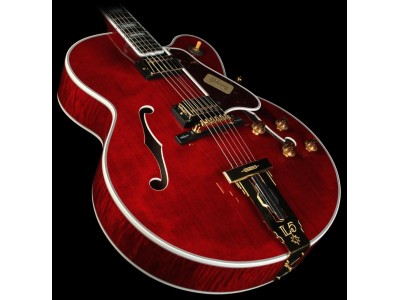
 Ovaj proizvod trenutno nije dostupan.
Ovaj proizvod trenutno nije dostupan.
